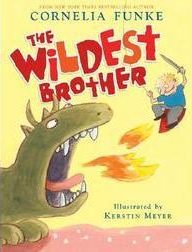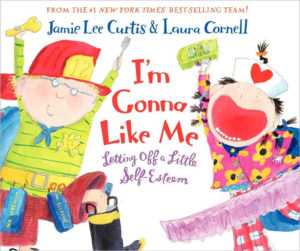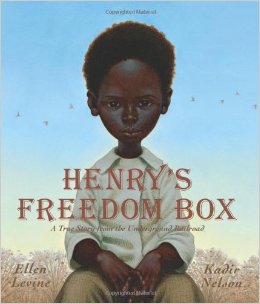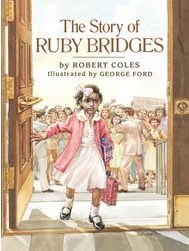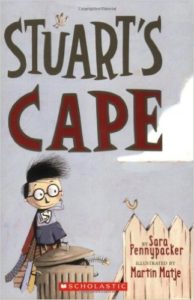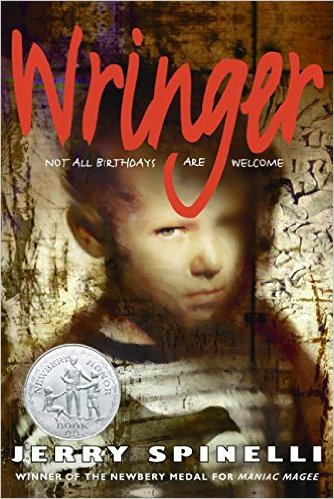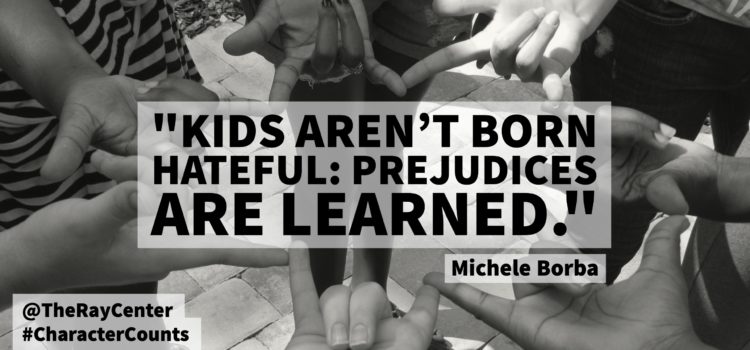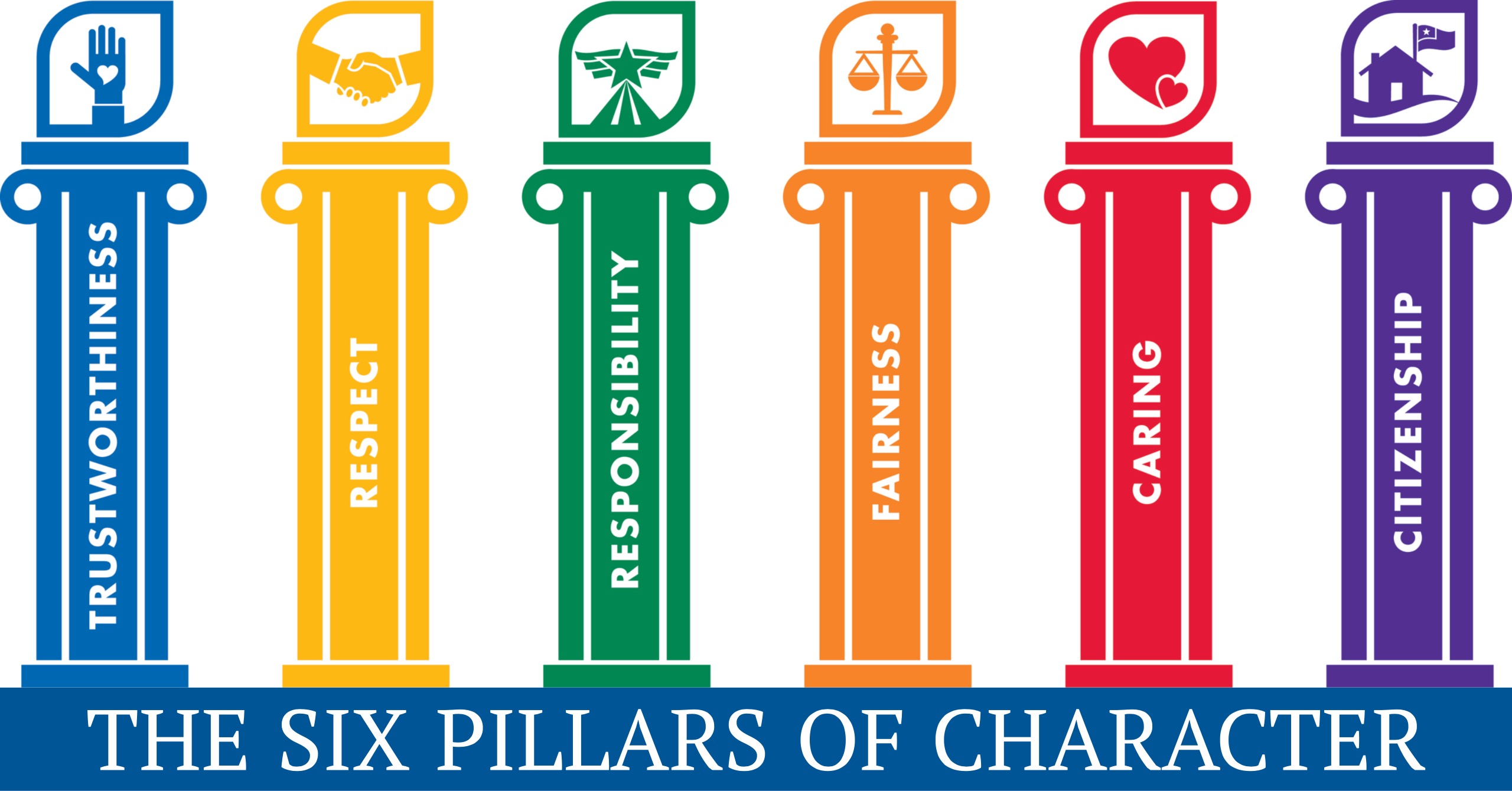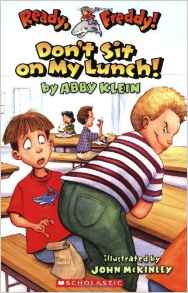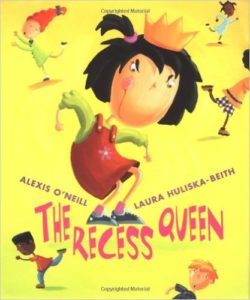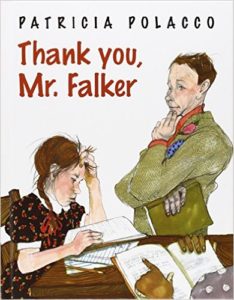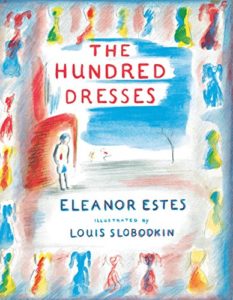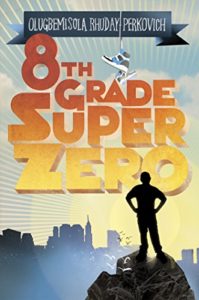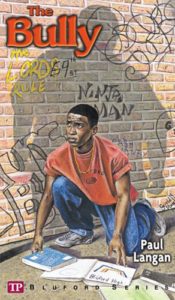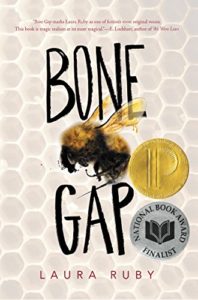6-12 Character Education Lesson Plan: Communication

Character Education Objective: Teach students how to use Two-Way Communication to understand the perspective of other individuals, and use Win-Win Negotiation to reach an equitable solution.
Core Alignment:
- HS – Essential Concept and/or Skill: Communicate and work productively with others, incorporating different perspectives and cross cultural understanding, to increase innovation and the quality of work.
- HS – Demonstrate leadership skills, integrity, ethical behavior, and social responsibility while collaborating to achieve common goals.
- MS – Essential Concept and/or Skill: Communicate and work productively with others, considering different perspectives, and cultural views to increase the quality of work.
- MS – Essential Concept and/or Skill: Demonstrate leadership, integrity, ethical behavior, and social responsibility in all environments.
Lesson:
Though life is inherently unfair, it is the responsibility of each individual to treat one another as fairly as possible. What is fair, however, is not always equal. Often, we need to try and take the perspective of other individuals to better understand their perspective, their situation, and the best course of action to suit the needs of all involved. Each of us has a story and perspective that influences the way we see and experience the world. Watch the following video as example.
Perspective Video – https://www.youtube.com/watch?v=AZ-pU7ozt3g
Unfortunately, no one walks around with their story visible for all to see. In order to understand one another, we must utilize our Two-Way Communication skills. Effective communication begins by seeking to understand FIRST. Ask students what seeking to understand looks like/sounds like. (Examples: asking questions, verifying what others have said, asking clarifying questions, etc.)
Seeking to understand the perspective of others first, makes it easier for us to explain our own perspective, and find points of agreement and alignment. Ask students what effective seeking to be understood strategies they know. (Examples: Use “I” statements like “I think, I believe,” and avoid “You” statements that can often feel like attacks on the other person)
When we effectively seek to understand and be understood, it helps us establish common ground and negotiate a fair solution. Win-win negotiation requires an expression of “this is what you want” (seek to understand), “this is what I want” (seek to be understood), and asks, “what can we do together to get the most of what WE want?”
Ask students to apply the Two-Way Communication principles and Win-Win Negotiation to hypothetical scenarios. Can they arrive at a solution that is fair to everyone?
Hypothetical Example:
Homecoming activities have been permanently cancelled after a group of students vandalized the school. The vast majority of students did not participate in the acts of vandalizing, but everyone is being punished for the actions of a few. Use the Seek to Understand/Seek to be Understood model to understand the perspectives of all stakeholders in the situation. Then, try and find a win-win solution that addresses the wants/needs of all parties.
Family Connection:
Ask students to think about a rule or practice in their home that they deem unfair (curfew, driving rules, time spent on phone, etc.) Encourage students to engage their parents in a conversation about that rule. Students should seek to understand the perspective of their parents first – why does this rule or practice exist? Then, students should express their perspective and explain that perspective (saying “it’s not fair” isn’t good enough).
Students should then explore any win-win solutions that exist. For example:
Student: Wants to drive his/her friends to an away basketball game.
Parent: Wants their student to travel safely, and doesn’t believe he/she has enough driving experience to drive at night with a car full of friends.
What could they negotiate that is fair to everyone?
If going to the game is most important – can the parent drive?
If hanging out with friends is more important, can that be done without driving an hour across the state?


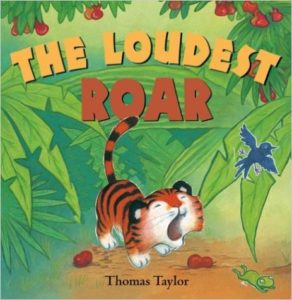
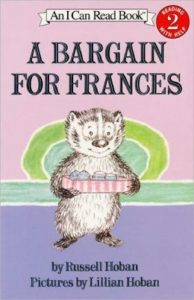
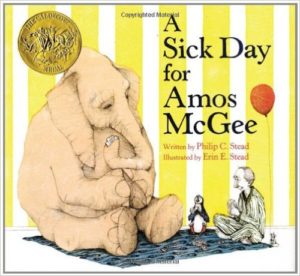
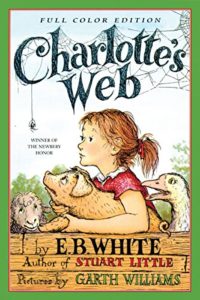
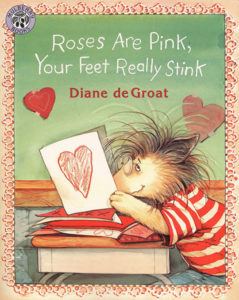
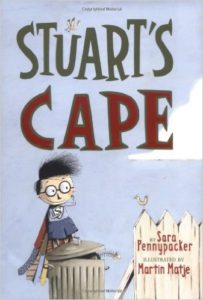

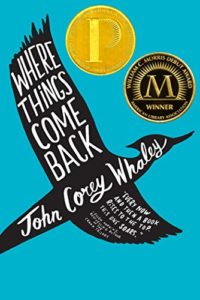
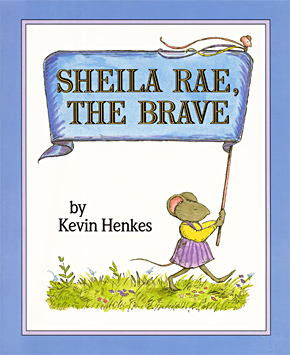 Sheila Rae, The Brave by Kevin Henkes
Sheila Rae, The Brave by Kevin Henkes